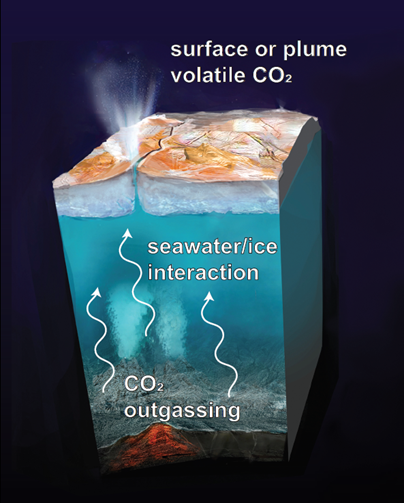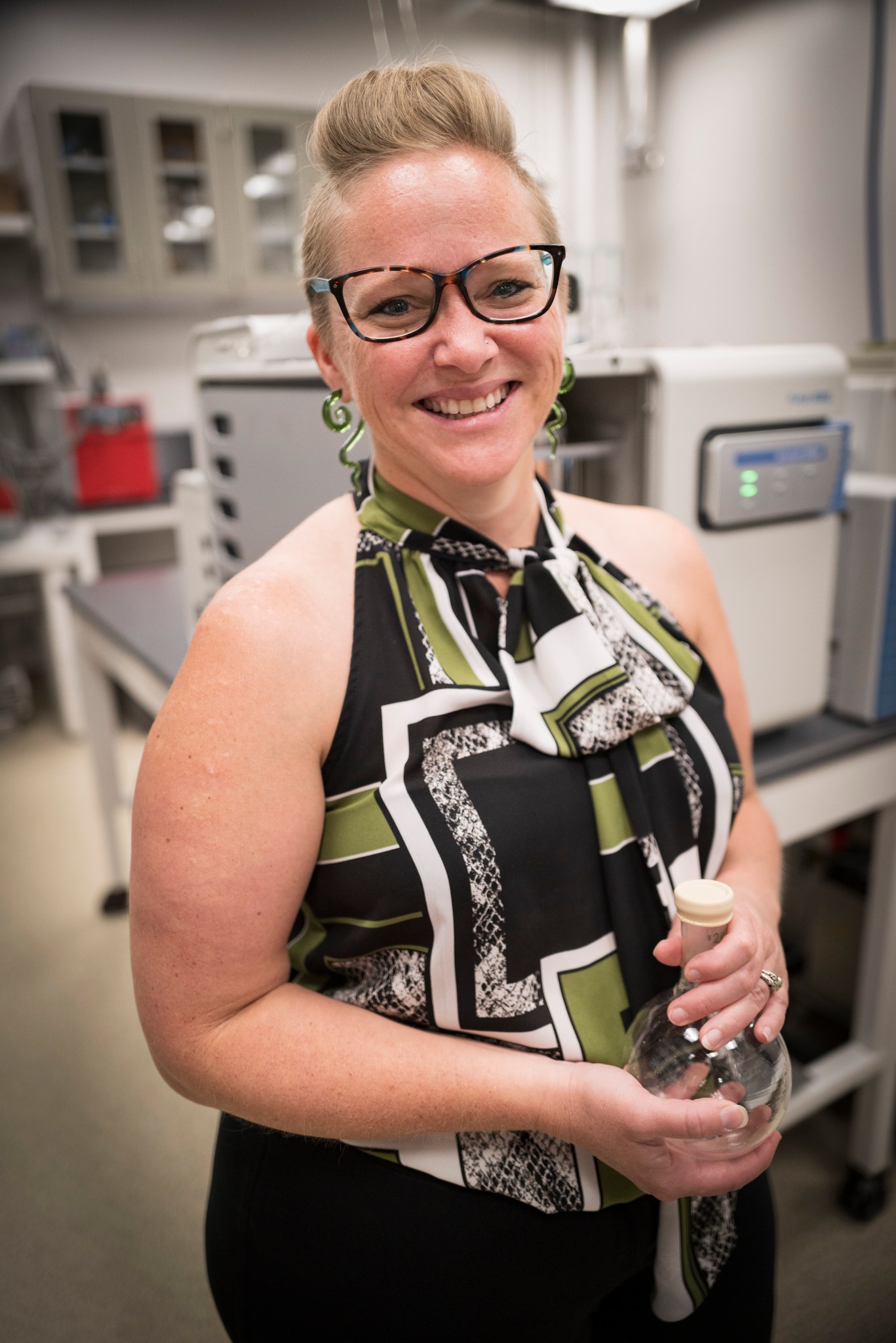NASA Early Career Innovator Finds Adaptation is Key
Two years ago, Dr. Bethany Theiling arrived at NASA with a horde of data, an open mind, and an inclination to make new connections.
Only hours into her first day at NASA’s Goddard Space Flight Center in Greenbelt, Maryland, a chance meeting directed her path towards new lines of investigation. Theiling recalled her first moments at Goddard’s orientation, striking up a conversation with Brian Powell, who happened to be a machine learning expert. Theiling expressed a curiosity in machine learning for small data sets she had created in her laboratory, and Powell took an interest in her work.
“I will pretty much talk to anybody. You never know what’s going to happen, right? I mean, if it doesn’t work out, it doesn’t work out, but it could be a great friendship or a partnership or anything,” Theiling said.
An early career innovator, Theiling leads two machine learning projects focused on the chemical analysis of ocean worlds. She is currently using machine learning to determine the composition of an ocean world, like Saturn’s Moon Enceladus, using algorithms that target what she has termed “predictive features,” which are defining characteristics of data from a specific chemical system that makes the data look the way they do. Using the data brought with her from her professorship at the University of Tulsa, as well as a vast amount of data from the National Science Foundation, Theiling and her team ‘teach’ the machine learning algorithms to identify these features. Ultimately, they hope to employ these algorithms to benefit future missions to ocean worlds.
“These ocean worlds have the highest potential for life in the solar system, we think, so they’re really exciting targets,” Theiling said.
Using Goddard’s Internal Research and Development, or IRAD funding, her team is also acquiring an isotope ratio mass spectrometer that includes two peripherals with the ability to analyze solids, liquids, and trace gases. This equipment will help gather data from analog “oceans” her team creates in a lab in order to continue to train the machine learning algorithms, making the system more precise.
Not only will the machine learning technology make analyses easier and allow a greater understanding of the compositions of ocean worlds, but it is Theiling’s hope to be able to use the algorithms to contribute to the science of Earth’s climate as well.

Though her path ultimately led to research as a geochemist in Earth and planetary sciences, Theiling’s educational career started worlds away. “It’s been a very circuitous path,” she said.
She began her college career as a fashion design major at Florida State University, but almost immediately transitioned to anthropology. She completed her degree, then discovered geology was what most piqued her interest. In the first of many unexpected collaborations, Theiling found herself working for a geochemist in her graduate program after a professor initiated a conversation between the two.
“She literally opened his door without any introduction, shoved me inside and said, ‘This is Bethany, she’s a go-getter’ and then closed the door behind me,” Theiling said.
The meeting settled Theiling’s mind about what she was interested in, leading her to become a geochemist “by accident.”
After receiving a master’s in geology, as well as a doctorate in Earth and planetary sciences, Theiling began working as an assistant professor at the University of Tulsa but said she felt as if something were missing.
“At that very moment, I kid you not, I got an email from somebody at Goddard,” Theiling said. The email transcribed a job description that seemed to be written for Theiling. She applied and was offered the position.
Reflecting on her experiences through academia and science, Theiling advocates for collaboration and communication avidly.
“One of the big lessons I’ve learned is that I can’t do everything by myself,” Theiling said. “I would love to! I’d love to be able to code and do lab work and create instruments, but I can’t. Ultimately, I need a great team to work with.”
By Erica McNamee
NASA’s Goddard Space Flight Center in Greenbelt, Md.



























